Winter is the perfect time to hike the Florida Trail
Taking you from the world-famous Everglades to the northwestern panhandle, the Florida Trail delivers a unique hiking adventure packed with exotic wildlife viewing and renowned biodiversity
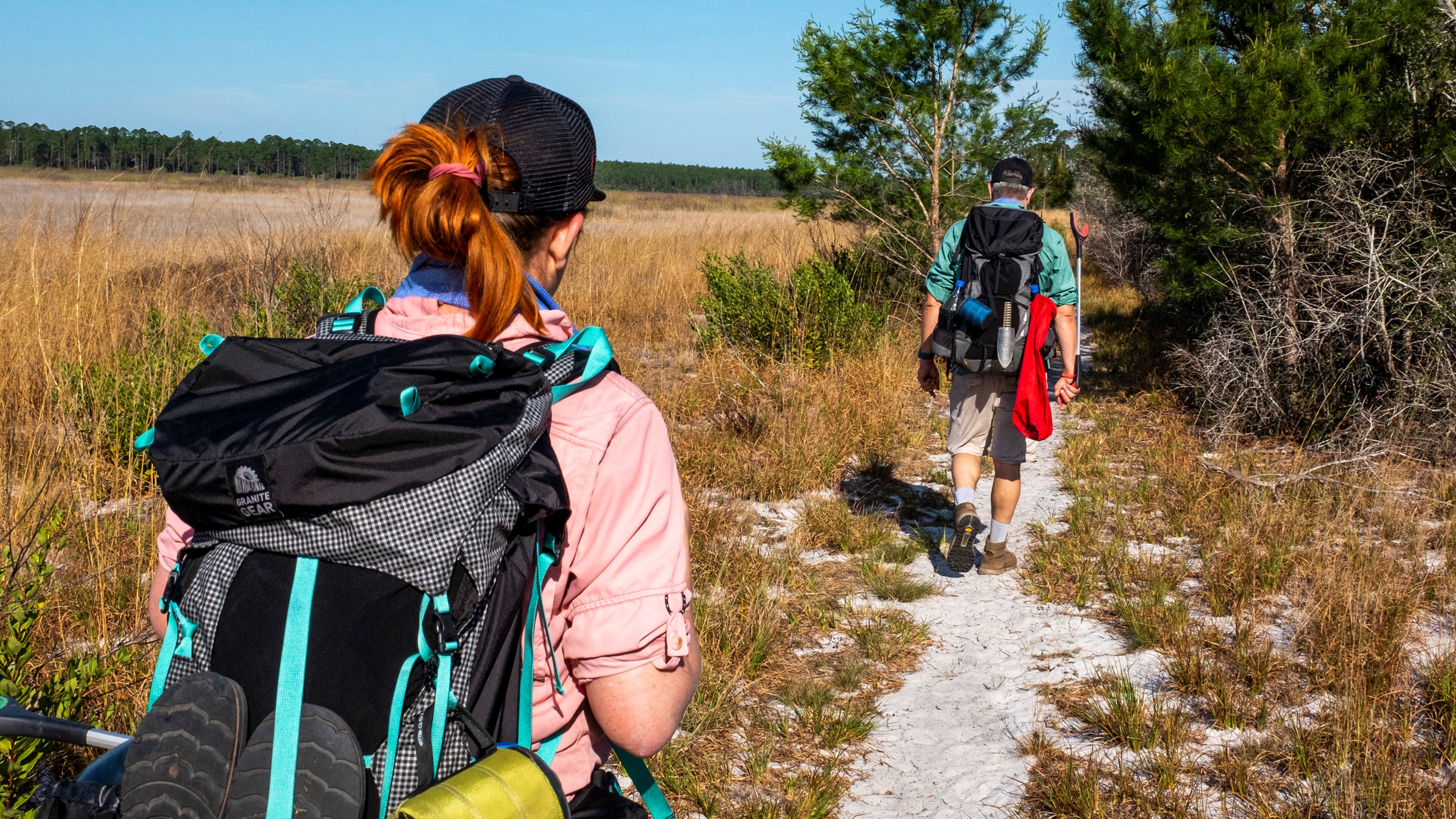
Whenever anyone mentions thru-hiking in the US, your mind probably goes to one of the three trails that make up the Triple Crown of Hiking – that’s the Appalachian Trail, the Continental Divide Trail and the Pacific Crest Trail – and the geography of these three trails means you’re looking at a spring start and an autumn finish to get the best of the weather. But there is at least one long distance trail that is best hiked in the winter, and that’s the Florida Trail. Taking you from the world-famous Everglades to the northwestern panhandle, the Florida Trail delivers a unique hiking adventure packed with exotic wildlife viewing and unique biodiversity. Never heard of it? Well, you’re not alone, but if you’re looking to get some mileage in wearing your hiking boots this winter and you don’t want to deal with crampons and frostbite, you’re going to want to give it some consideration. Here we give you the scoop on the Florida Trail, from what you’ll see on the way to what you’ll need to do it.
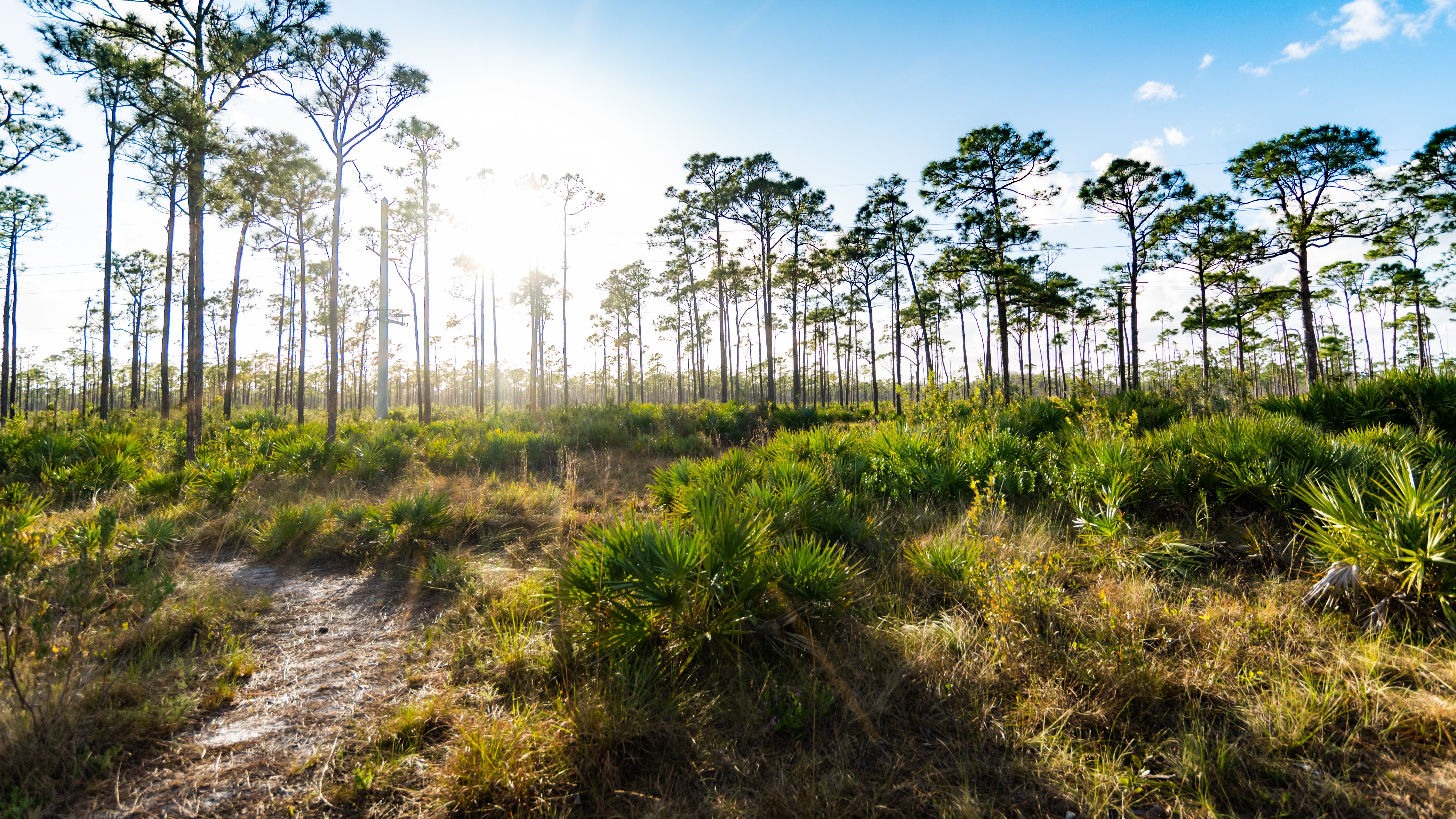
Wait, what is the Florida Trail?
The Florida Trail is one of America’s 11 National Scenic Trails. This 1,500-mile trail begins at Big Cypress National Preserve in south Florida about 45 miles west of Miami and heads north towards Tallahassee where it swings west to end at Gulf Islands National Seashore in the Gulf of Mexico.
The idea for the trail came from hiker and author Jim Kern, co-founder of the American Hiking Society, after he hiked the Appalachian Trail, and the first blaze was painted in 1966. As you might imagine, hikers on the Florida trail can experience an incredibly wide range of ecosystems, such as tropical swamplands, scenic seashores and pine plantations.
The Florida Trail can be roughly divided into four regions: the southern region, which begins at Big Cypress and takes you around Okeechobee, the central region which skirts Orlando, the northern region which travels through Ocala and Osceola National Forests, and the coastal Panhandle region in the Gulf of Mexico.
The trail’s location and the geography of this narrow state means that the Florida Trail is within an hour to most people who live in Florida. You can day hike, section hike or thru-hike the Florida Trail, but remember that Florida’s hiking season is from October to May, though hurricane season can last through November. Once December and January roll around, however, you can expect temperatures between around 50°F and 75°F in most spots, making for a great time to start a thru-hike in far more comfortable conditions than you’d be enjoying at the beginning of the AT up in Springer, GA (but go prepared for thunderstorms at any time).
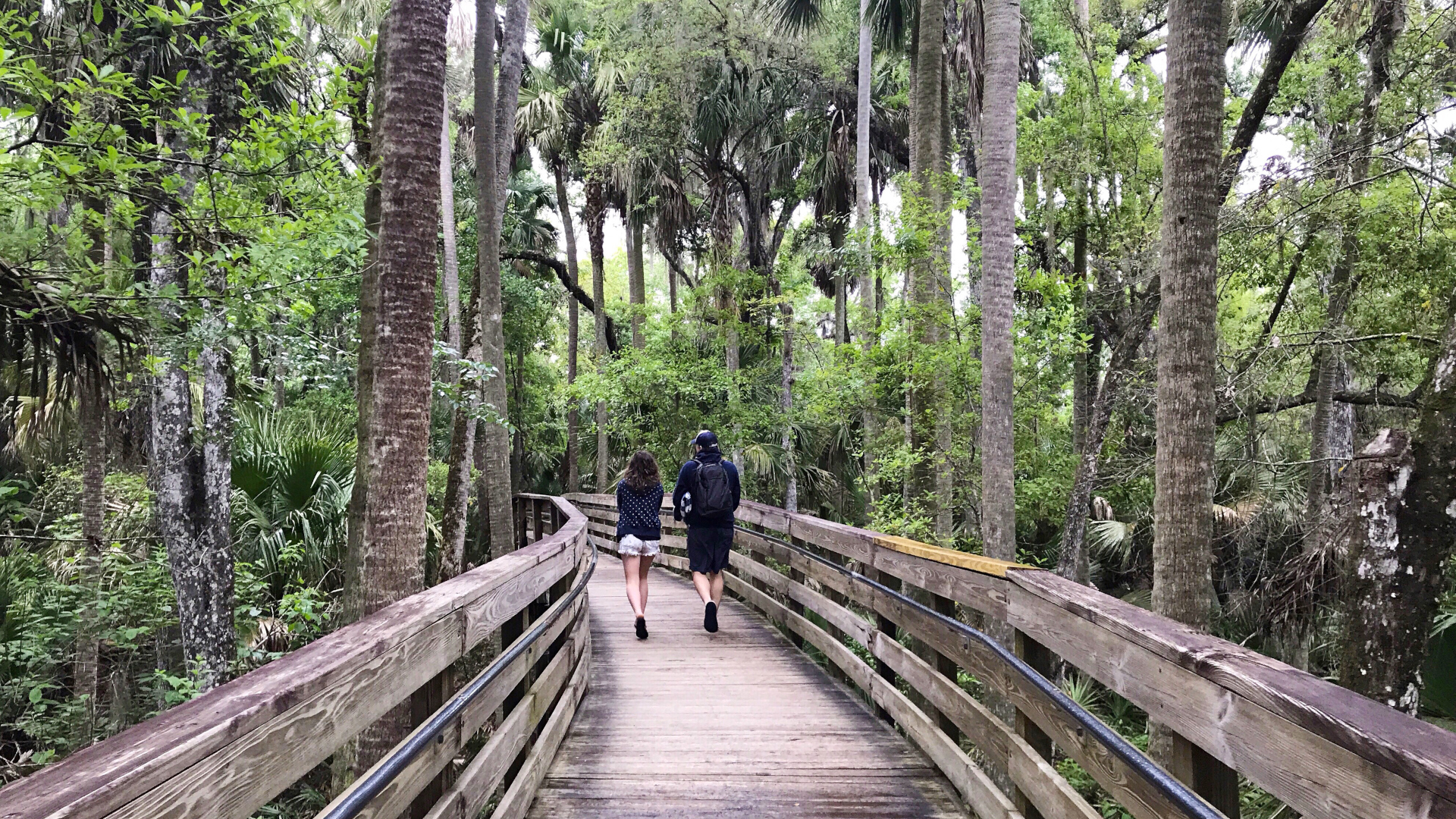
How long does it take to do the Florida Trail?
According to the Florida Trail Association, it takes the average thru-hiker two to three months to complete a thru-hike, which is about half the length of time estimated for trails such as the AT. This is in part due to the shorter distance, and also the absence of any major elevation, which makes for faster walking. It’s recommended you start your thru-hike in January, when the weather tends to be less unpredictable, in which case you can expect to finish up by the end of March or early April, before the ferocious summer heat returns.
How difficult is the Florida Trail?
Don’t be fooled by the lack of mountains here; hiking the Florida Trail is no easy feat. Sure, you won’t be contending with any major elevation gain the way you will on the gruelling CDT, but the walking can be seriously tough. Underfoot, you can expect soft sand to sink into as well as muddy conditions, swamp forest and wetlands. The uneven and often wet terrain makes for some slow walking. Add to that the fact that Florida can be seriously balmy at any time of year, and mosquitoes tend to be full-time residents of the sunshine state.
Advnture Newsletter
All the latest inspiration, tips and guides to help you plan your next Advnture!
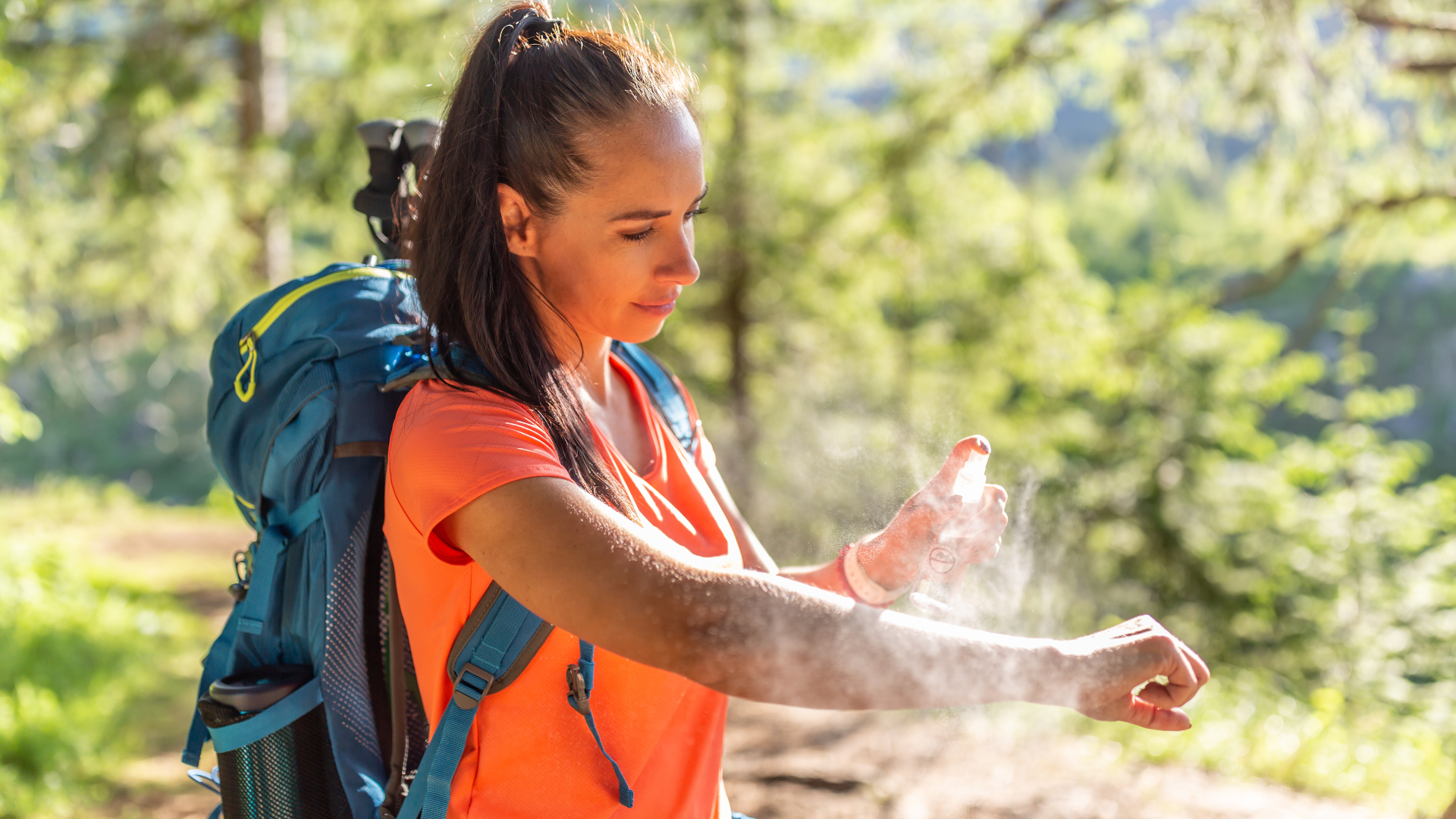
Do you need a permit to hike the Florida Trail?
The short answer is yes. The Florida Trail passes through various National Forests, wildlife management areas, state parks, private land, water management district lands, an Indian reservation and even three military bases. Furthermore, some landowners require advanced notification and permits to cross their land. If you’re section hiking, it all gets pretty complicated, but funnily enough, a single permit has been established for thru-hikers, making it all a bit more manageable. The most important thing to understand is that in order to thru-hike the Florida Trail, you must notify the FTA office and obtain your permit at least 30 days before starting. For more about the permits, it’s best to visit the FTA’s permits for hikers page.
Can you camp anywhere on the Florida Trail?
Because it’s such a long trail, the answer to this of course varies by where you are and what time of year it is. During hunting season, you will have to camp in designated campgrounds in certain areas, while in other areas and outside of hunting season, dispersed camping is permitted. When you apply for your permit, you can request more detailed information and make a plan for your hike.
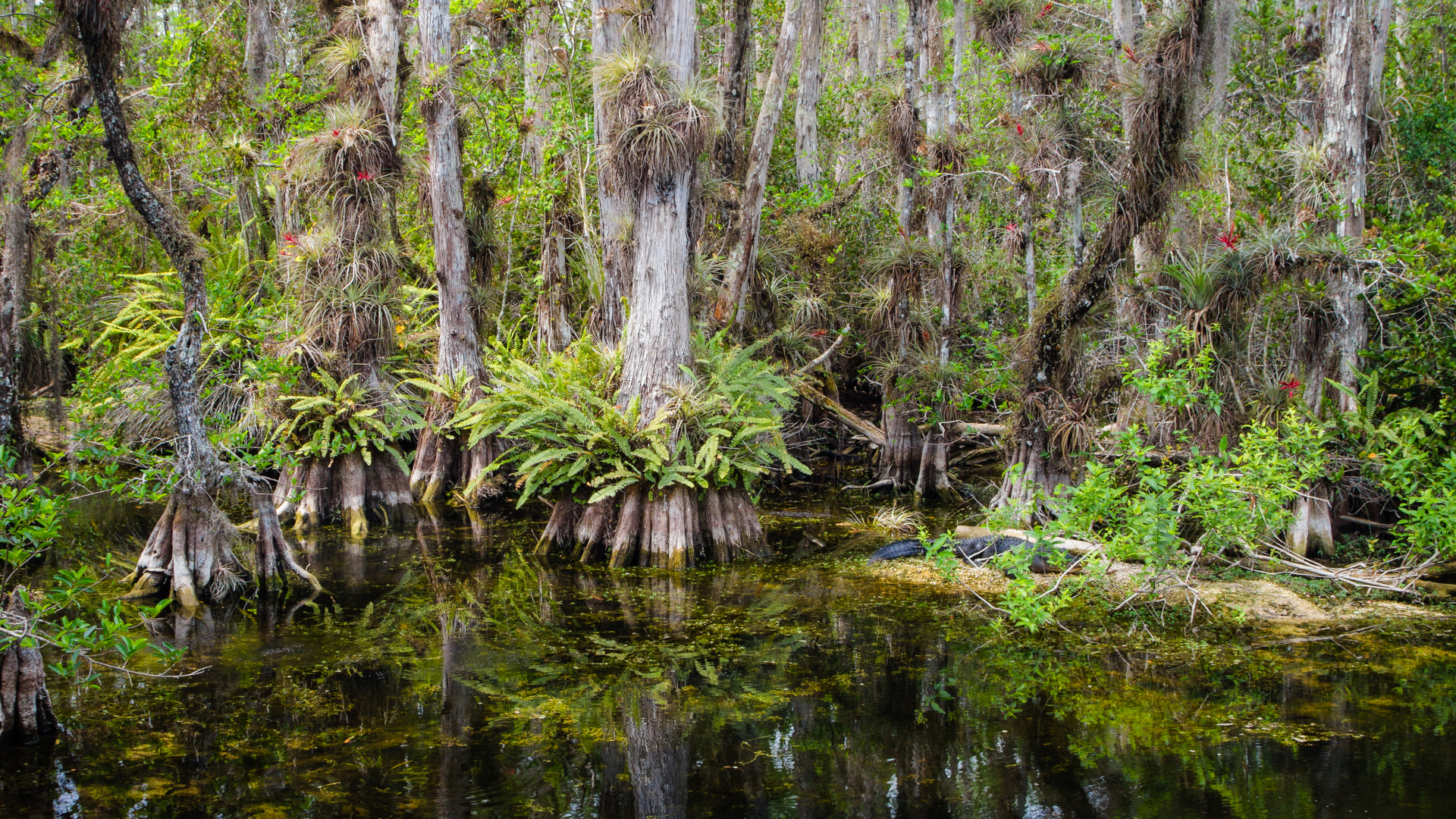
How many people have completed the Florida Trail?
Compared to other long distance trails, not that many! As you may know, some 3,000 people attempt to thru-hike the AT every year. In comparison, only dozens set out to complete the Florida Trail and, at the time of writing this article, only 342 have succeeded.
Are there alligators on the Florida Trail?
Absolutely! Alligators are found in every county in Florida and it would be a miracle if you walked for 1,500 miles through the entire state without seeing one. Read up on what to do if you see an alligator in Florida – and don’t forget, you may also encounter black bears, Florida panthers and snakes.
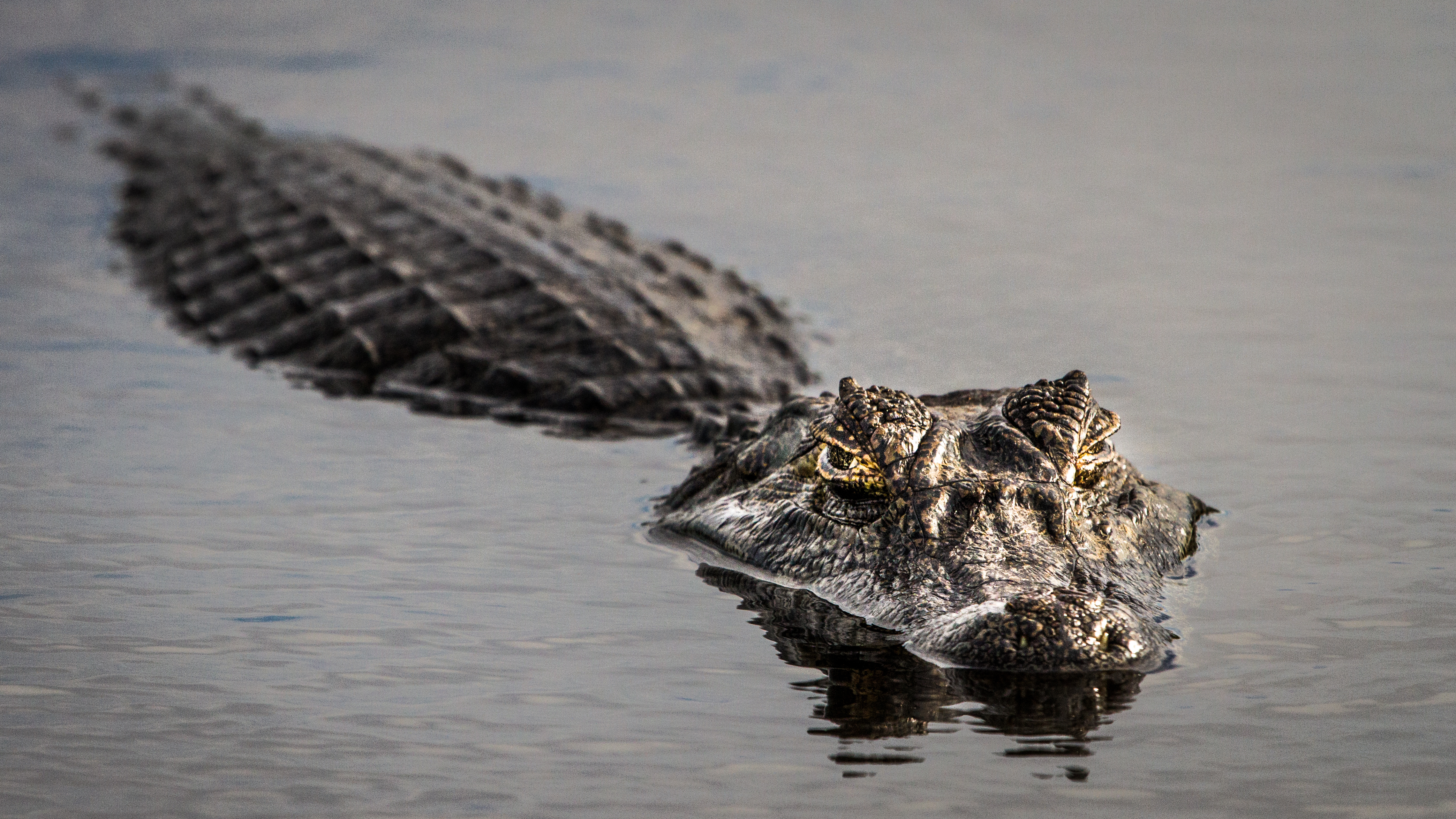
What do I need to thru-hike the Florida Trail?
In addition to the usual backpacking kit, there are some special considerations when it comes to gearing up for hiking the Florida Trail that may be different from other long distance trails:
- Synthetic clothing: we’re always extolling the merits of merino wool, but for this trail think breathable, moisture-wicking synthetic clothing all the way.
- Waterproof clothing: Florida is often hot but it’s also wet and a thunderstorm can roll in at any time. Bring a light waterproof jacket and rain pants.
- Trekking poles: though there isn’t much climbing, the terrain can be difficult and you'll be hiking across swampy ground so bring trekking poles to help you navigate.
- Shelter: there are seven shelters along the trail, so you’ll need to bring your own sleep system. While a lightweight tent or bivy sack will do, the conditions might make a camping hammock with a mosquito net preferable.
- Mosquito protection: bring a mosquito net for hiking and for sleeping as well as insect repellent with DEET.
Julia Clarke is a staff writer for Advnture.com and the author of the book Restorative Yoga for Beginners. She loves to explore mountains on foot, bike, skis and belay and then recover on the the yoga mat. Julia graduated with a degree in journalism in 2004 and spent eight years working as a radio presenter in Kansas City, Vermont, Boston and New York City before discovering the joys of the Rocky Mountains. She then detoured west to Colorado and enjoyed 11 years teaching yoga in Vail before returning to her hometown of Glasgow, Scotland in 2020 to focus on family and writing.

